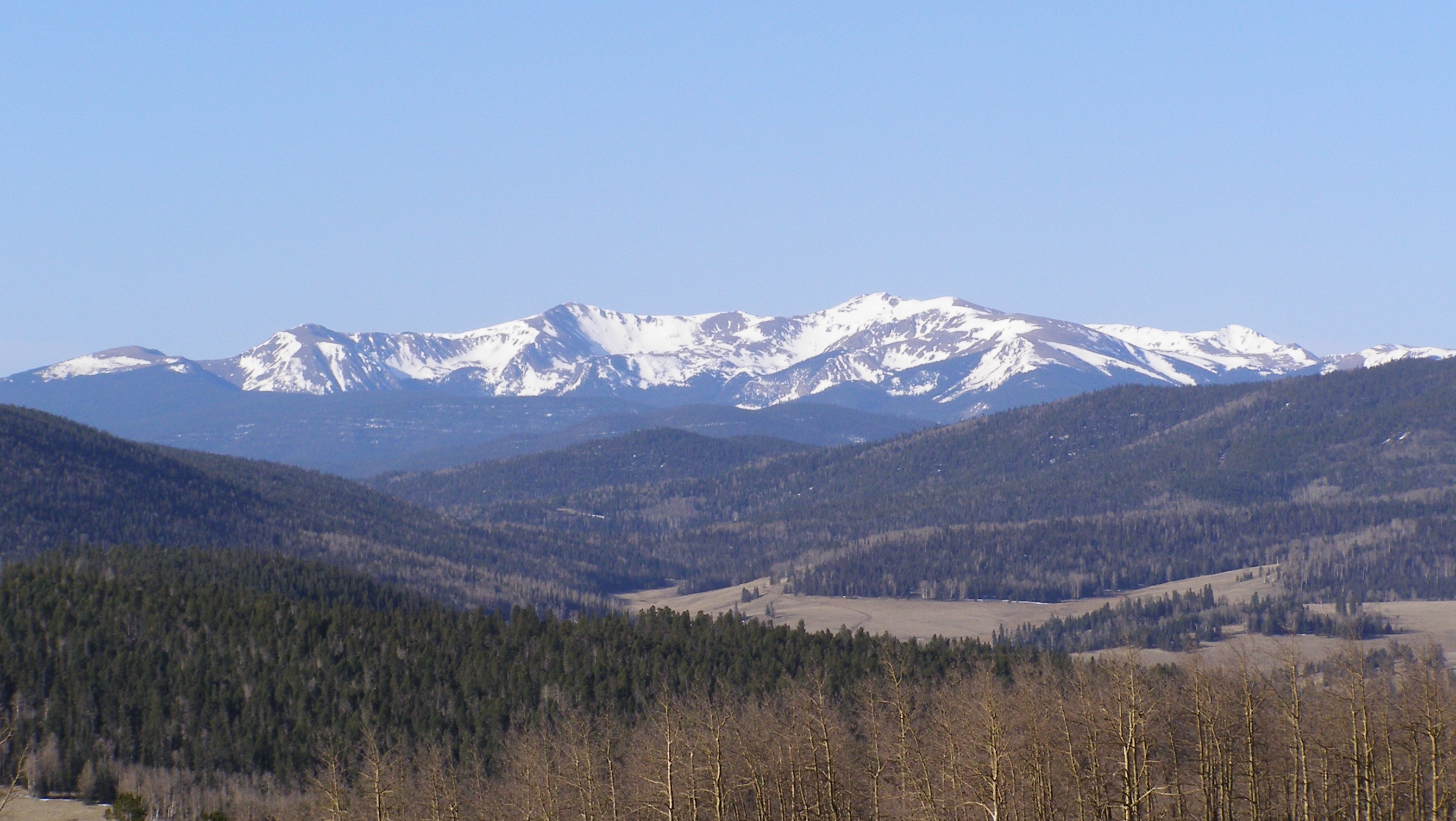|
Pueblo Revolt
The Pueblo Revolt of 1680, also known as Popé, Popé's Rebellion or Po'pay's Rebellion, was an uprising of most of the Indigenous Pueblo people against the Spanish Empire, Spanish colonizers in the province of Santa Fe de Nuevo México, larger than present-day New Mexico. Incidents of brutality and cruelty, coupled with persistent Spanish policies such as those that occurred in 1599 and resulted in the Ácoma Massacre, stoked animosity and gave rise to the eventual Revolt of 1680. The persecution and mistreatment of Pueblo people who adhered to traditional religious practices was the most despised of these. Scholars consider it the first Native American religions, Native American religious traditionalist revitalization movement. The Spaniards were resolved to abolish Paganism, pagan forms of worship and replace them with Christianity. The Pueblo Revolt killed 400 Spaniards and drove the remaining 2,000 settlers out of the province. The Spaniards returned to New Mexico twelve years ... [...More Info...] [...Related Items...] OR: [Wikipedia] [Google] [Baidu] [Amazon] |
Spanish Colonization Of The Americas
The Spanish colonization of the Americas began in 1493 on the Caribbean island of Hispaniola (now Haiti and the Dominican Republic) after the initial 1492 voyage of Genoa, Genoese mariner Christopher Columbus under license from Queen Isabella I of Castile. These overseas territories of the Spanish Empire were under the jurisdiction of Crown of Castile until the last territory was lost in Spanish–American War, 1898. Spaniards saw the dense populations of indigenous peoples of the Americas, Indigenous peoples as an important economic resource and the territory claimed as potentially producing great wealth for individual Spaniards and the crown. Religion played an important role in the Spanish conquest and incorporation of indigenous peoples, bringing them into the Catholic Church peacefully or by force. The crown created civil and religious structures to administer the vast territory. Spanish men and women settled in greatest numbers where there were dense indigenous populations ... [...More Info...] [...Related Items...] OR: [Wikipedia] [Google] [Baidu] [Amazon] |
New Mexico
New Mexico is a state in the Southwestern United States, Southwestern region of the United States. It is one of the Mountain States of the southern Rocky Mountains, sharing the Four Corners region with Utah, Colorado, and Arizona. It also borders the state of Texas to the east and southeast, Oklahoma to the northeast, and shares Mexico-United States border, an international border with the Mexican states of Chihuahua (state), Chihuahua and Sonora to the south. New Mexico's largest city is Albuquerque, and its List of capitals in the United States, state capital is Santa Fe, New Mexico, Santa Fe, the oldest state capital in the U.S., founded in 1610 as the government seat of Santa Fe de Nuevo México, Nuevo México in New Spain. It also has the highest elevation of any state capital, at . New Mexico is the List of U.S. states and territories by area, fifth-largest of the fifty states by area, but with just over 2.1 million residents, ranks List of U.S. states and terri ... [...More Info...] [...Related Items...] OR: [Wikipedia] [Google] [Baidu] [Amazon] |


